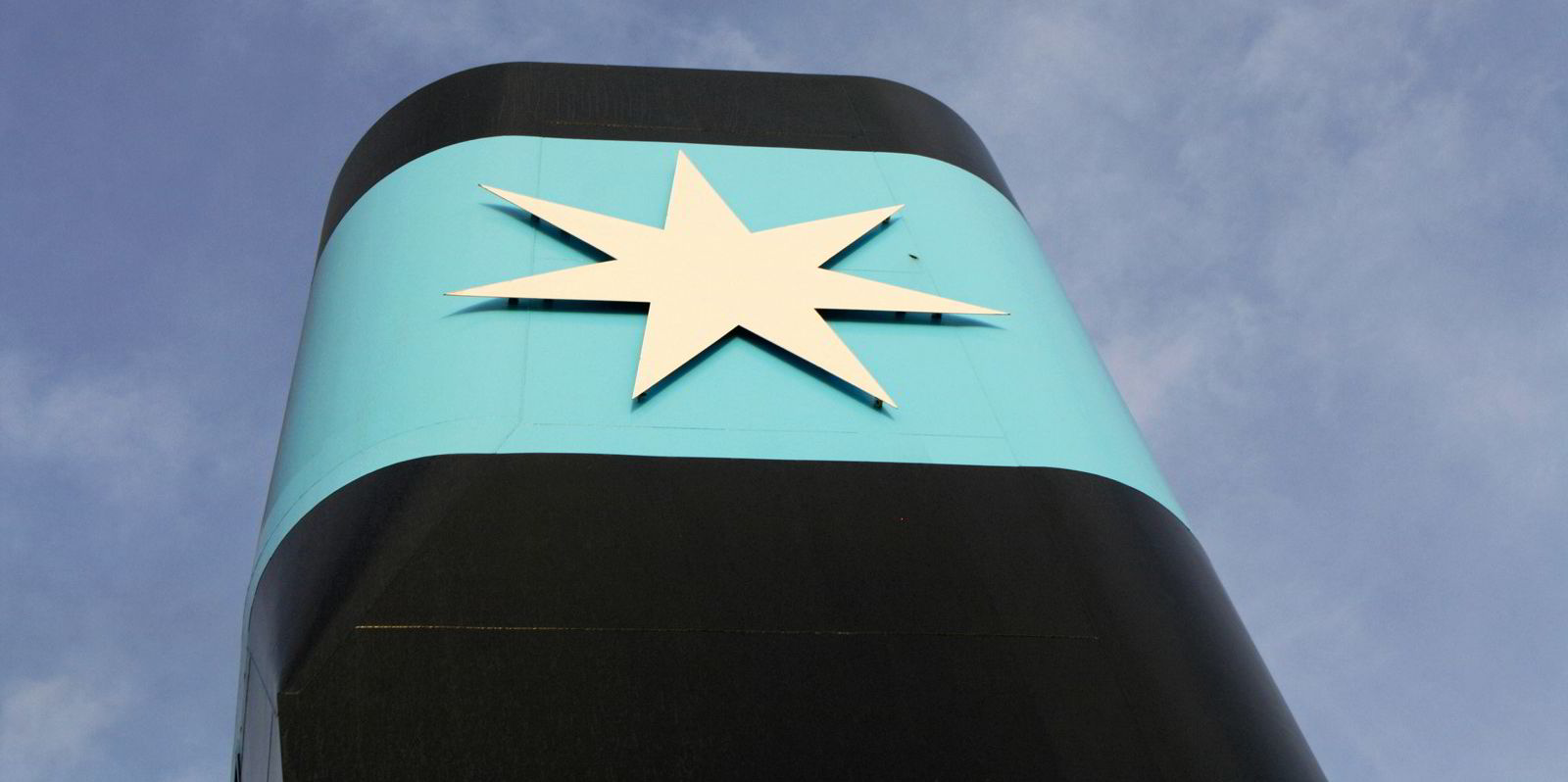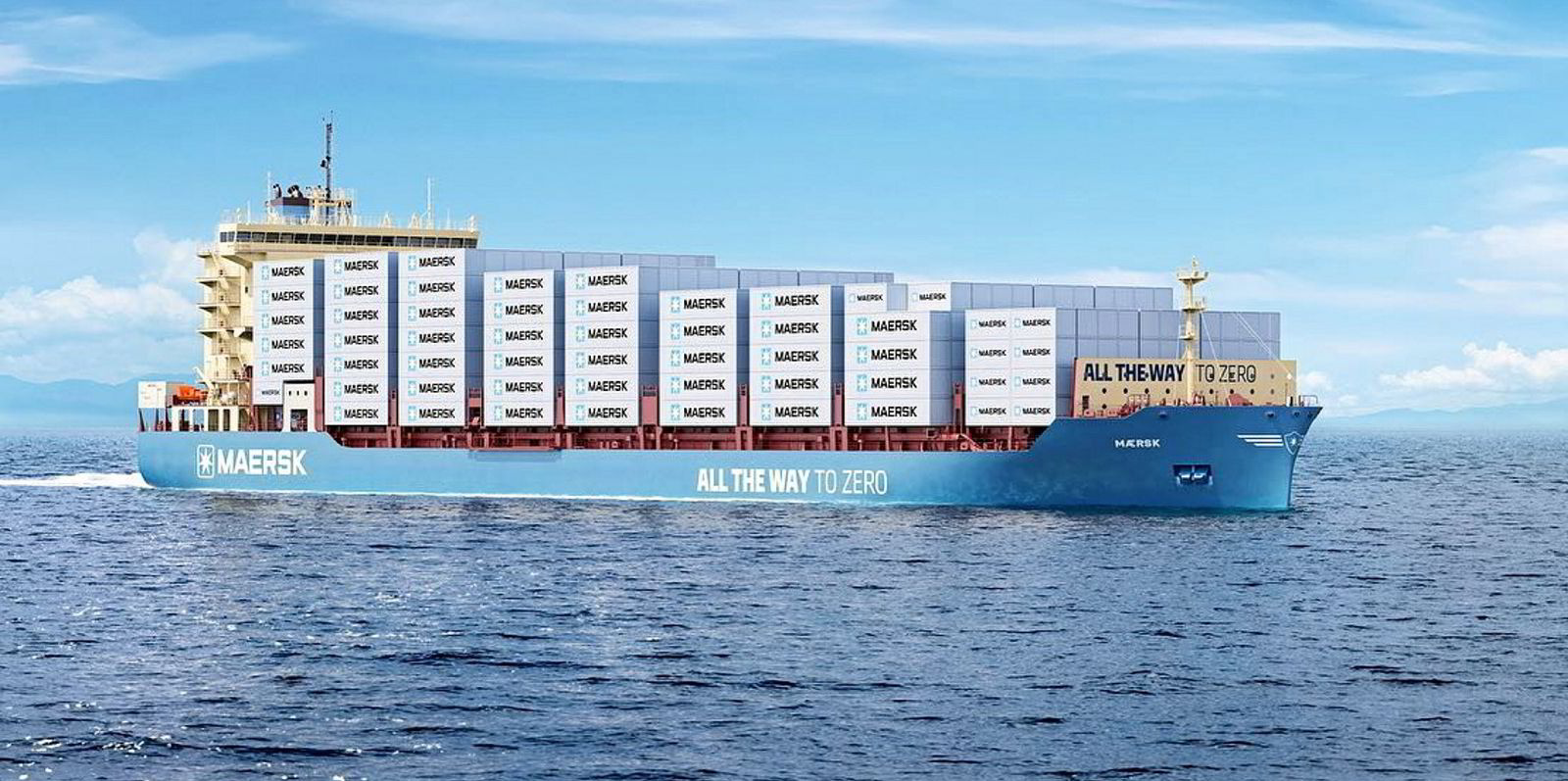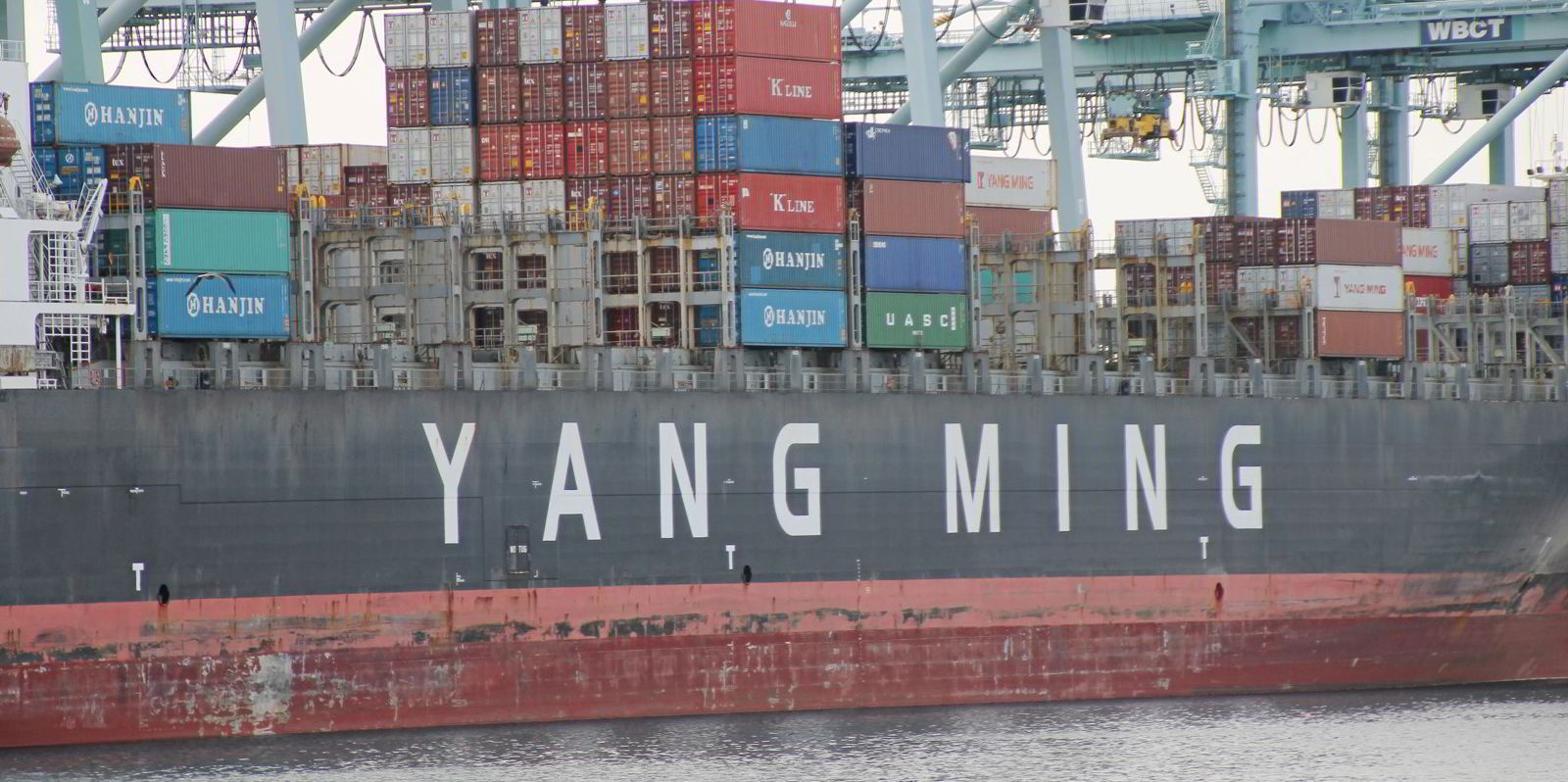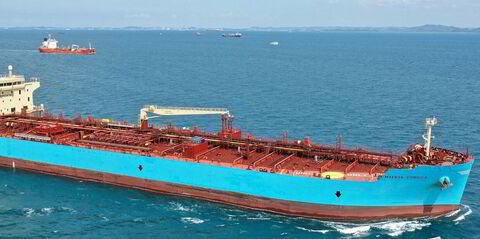Jefferies has initiated coverage of liner operators AP Moller-Maersk and Hapag-Lloyd with “hold” ratings while offering two different outlooks on the container ship sector.
The US investment bank has started following the B-class shares of Copenhagen-listed Maersk with a price target of DKK 13,000 ($1,913.40), above today’s close of DKK 11,950, as it sees risks in becoming a comprehensive shipping services provider.
Jefferies based its initial rating on the premises that Maersk, which is involved in boxships, port terminals, warehouses, intermodal capacity and air freight, still has to successfully integrate recently acquired logistics services into its “integrator” model of end-to-end supply-chain offerings.
“It is likely to take years to bear the fruits of its labour, but Maersk has a significant opportunity to differentiate itself from other operators,” analyst Omar Nokta said in a note on Tuesday.
“We initiate at hold as the liner business, which is likely to see weaker revenue in the coming quarters, drives the majority of its earnings power.”
He said that Maersk’s liner business is exposed to the risks of falling demand and additional capacity that could keep freight rates below breakeven levels for a long time and also hurt its logistics and terminal segments.
“It may also have the inability to integrate logistics and gain market share,” he wrote.
“Serious delays or failure to standardise core end-to-end business processes and execute the technology roadmap could cause loss of digital competitive advantage and customer dissatisfaction.”
Jefferies also began covering Germany’s Hapag-Lloyd with a hold rating as it expects its earnings to decline in coming quarters as the company focuses on serving as a liner operator.
“We view Hapag-Lloyd as a solid platform with a strong balance sheet, but given our cautious containership market outlook we initiate with a hold rating,” Nokta wrote.
“The container market has experienced softness over the past year as warehouses are working through inventory destocking after the build-up during the pandemic.
“Should freight rates remain at low levels, it could have a material impact on company valuation.”
Taking a broader look at where the container shipping sector may be headed, Nokta provided both bullish and bearish outlooks.
On one hand, he said that retail sales in the US may outpace inventories, according to recent economic data, and therefore bolster demand for container ships and in turn boost freight rates.
“The main question is the timing for which re-stocking will replace the current de-stocking environment, which could be coming in two to three quarters,” he wrote.
“This should naturally lead to higher freight rates, for a short period at least, before the broader impact of the newbuilding delivery schedule begins to be felt.”

On the other hand, freight rates may decline over time as liners add capacity to the market that may not be met by higher demand, giving rise to blank sailings and idling of tonnage, he said.
For example, he said CMA CGM, Cosco Shipping Lines and Evergreen Shipping all have significant newbuilding capacity on order over the next few years.
CMA CGM plans to boost capacity by 27%, while Cosco expects to grow tonnage by 29% and Evergreen plans to increase capacity by 25%, he said.
Fleet utilisation throughout the container ship sector, which peaked at 93% in 2021, is expected to average 80% this year before falling to 76% in 2024 and 77% in 2025, he said.
“Stricter emissions regulations and slower sailing speeds will likely cushion some of the heavy deliveries, but active capacity management will likely be much more important for liners’ ability to gain pricing power over the next two to three years,” he wrote.
Read more
- Costamare buys first capesize as GoodBulk whittles down fleet
- Evergreen shells out $780m for privately-held Singapore division
- ‘Inherently unfair’: Danaos slams Eagle Bulk poison pill, Oaktree buyback
- Danaos questioned on Eagle Bulk investment as investor touts alternatives
- Tufton Oceanic insiders snap up more stock in London-listed owner





